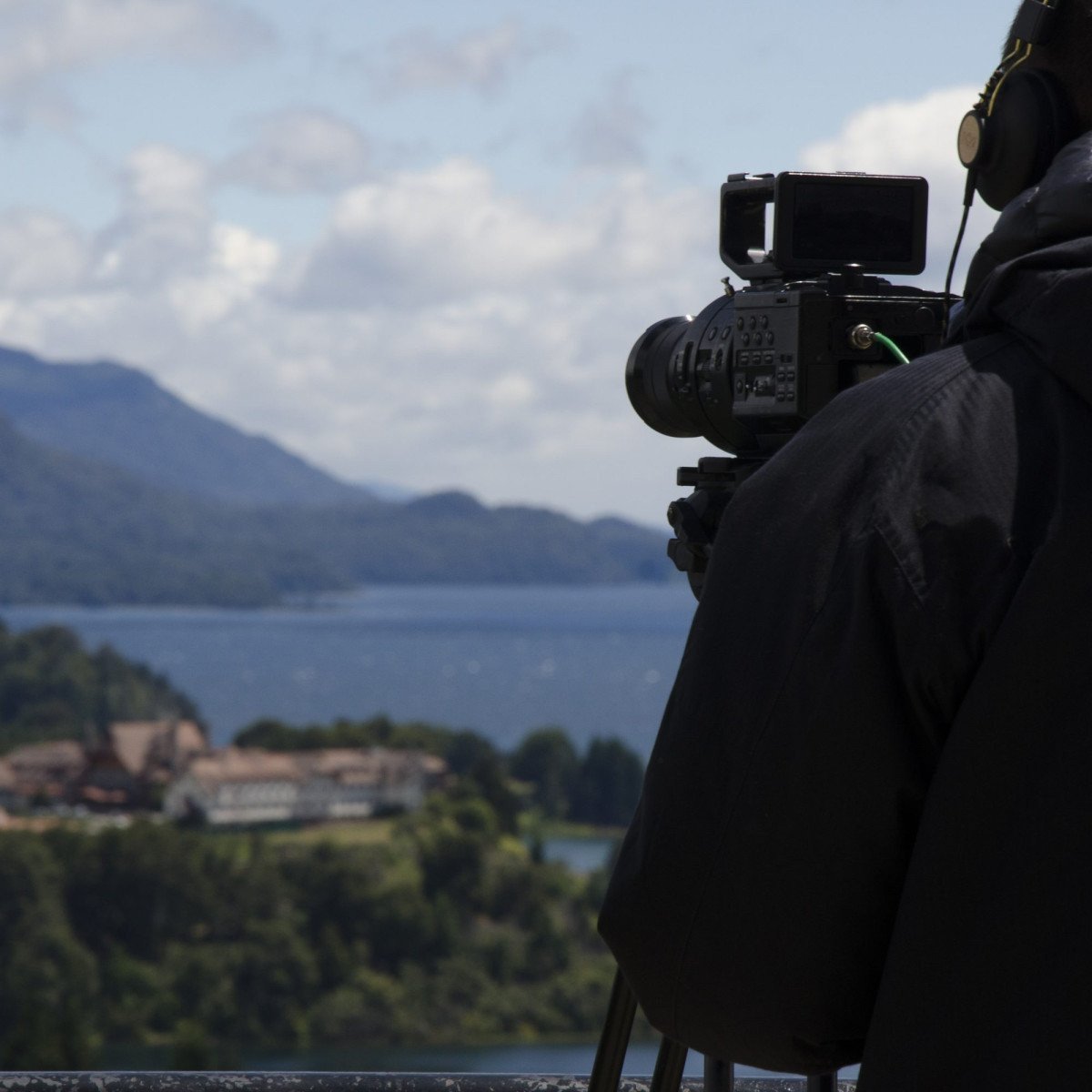Imagine this. You had just finished an arduous 8-hour shoot, your body is sore, your mind is tired but satisfied. The client was ecstatic about the sneak peeks you showed them, and you’re excited to dive into post-production. Now, consider this — did you charge enough for this gig?
Here’s an eye-opener — did you know that according to a survey by Format, nearly 70% of photographers feel they aren’t charging enough for their work. If you’re part of this majority, it’s time to reevaluate.
Understand Your Costs
Before we plunge into the realm of pricing strategies, let’s take a step back. Have you considered all your costs? I’m not just talking about the obvious ones like your camera or lenses; there’s a whole mosaic of ‘hidden’ expenses often overlooked. Things like the wear and tear of your equipment over time, your editing software, the seamless paper you used as a backdrop. Heck, even the coffee you grabbed on your way to the shoot counts.
Value Your Time
“So what, should I include every minute detail in my invoice?” you might ask. Well, not necessarily. Many photographers find success in packaging their time and unique photography style into a flat rate. It keeps things simple for the client and ensures you’re compensated for your expertise. Here is an insightful read on this topic.
Establish Your Pricing Strategy
There’s no one-size-fits-all when it comes to pricing. Some photographers swear by per-image pricing, while others stick to hourly or daily rates. Then, there are those who prefer to provide all-inclusive packages. And you know what? They’re all right. Because the most efficient pricing strategy is the one that works best for you and your clients.
Think about your market. Are they looking for a quick, one-off solution or are they likely to require regular, long-term services? Understanding your clients’ needs and expectations can significantly influence your pricing strategy.
Craft a Transparent Pricing Structure
Imagine ordering a pizza, not knowing the price until you’ve finished your last bite. Sounds absurd, right? So why should your clients feel the same about your services? Transparency in pricing is crucial. It helps build trust and sets clear expectations from the get-go.
Here’s the twist though: being transparent doesn’t mean you have to disclose every tiny detail about your costs. Instead, provide a breakdown of what the client is paying for. Is it the time you spend shooting? The images they receive? Your unique skillset?
Don’t Undervalue Your Work
Confidence is priceless. If you’re constantly second-guessing your worth, it’s going to be a tough ride. Remember, you’re not just selling photographs, you’re selling your creativity, your expertise, your time and energy. You’re selling an experience.
And, hey, don’t let the fear of losing clients due to high prices get to you. More often than not, those who appreciate quality won’t mind paying a premium for it. Be patient, stay resilient, and the right clients will come along.
Regularly Review Your Pricing
Just like the dynamic world of photography, your pricing shouldn’t be set in stone. It will evolve as you grow as a professional. So, regularly review and adjust your pricing. Keep an eye on the market conditions, listen to your clients’ feedback, and most importantly, value your progress.
In conclusion, figuring out your pricing can be as complex as shooting in the manual mode for the first time. But with a solid strategy, transparency, and a little bit of courage, you can ensure you’re charging what you’re truly worth.


0 Comment